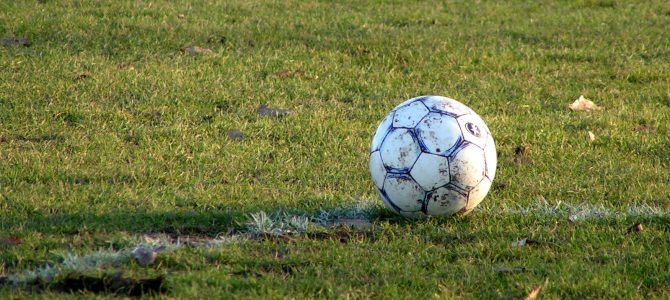Diego Armando Maradona, born in 1960 in Lanus, Argentina, is widely thought of as one of the best footballers of all time. The mercurial star, who made his debut for Argentinos Juniors as a 15-year-old, played in four Fédération Internationale de Football Association (FIFA) World Cups, helping his national side to lift the trophy as captain, and best player in 1986. Maradona, whose career was beset by injury and controversy, is one of the most divisive characters in the game, but he is almost universally loved by Argentinians, who see him as God-like.

In this article, we’re going to take a look at Maradona’s life in a little more detail.
Beginnings
Born to a poor family, who did not have access to the best healthcare facilities, (and indeed, nothing like the technology livi provides today), Maradona was first spotted by Argentinian scouts aged eight. He became widely known when, as a ball boy, he would show off his skills during half-time in first-team games. Maradona made his debut for Argentinos in 1976, and played for the club for five years, scoring 116 goals in 167 league games. He also made his debut for Argentina during this spell, although it wasn’t until after his transfer to Boca Juniors in 1981, that he became a mainstay of the side.
The 1980s
Maradona burst into the wider public consciousness at the 1982 World Cup. He had just signed for Barcelona for a world record fee, but he couldn’t inspire his national side to success, being sent off in Argentina’s final game against Brazil. Maradona’s time at Barcelona was blighted by injury, and he signed for Napoli, again for a world record fee, in 1984. It was in Naples where he had his most fruitful period at club level, inspiring the Neapolitans to two Serie A titles, an Italian Cup and a Union of European Football Associations (UEFA) Cup, in his seven years at the club.
Maradona is, though, most famous for his displays at the 1986 World Cup. As the captain of an otherwise ordinary Argentina side, Maradona wowed the world, and inspired his team to victory, with his two goals against England; one a lazy dribble, the other a hugely debated handball that is remembered particularly fondly.
The 1990s
Maradona once again dragged Argentina to a World Cup final in 1990, but his team lost to Germany. Maradona’s later career was blighted by drug use. He was banned from football for 15 months for using cocaine in 1991, and sent home from the successful 1994 World Cup in the United States, after a positive test for a banned substance. On leaving Napoli, El Diego had short spells at Sevilla, Newell’s Old Boys and Boca Juniors, but was unfortunately unable to recapture the form that had so endeared him to the world in the 1980s.
Regardless, Diego Maradona will always be remembered as one of the best footballers of his, and indeed any, age.
